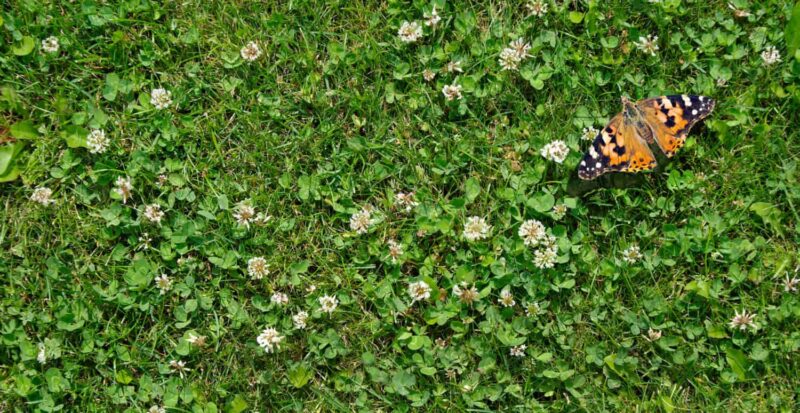Gardeners and homeowners often encounter various types of stickers in their lawns, which can be a nuisance and uncomfortable underfoot. These spiny seeds or burrs come from several types of plants, often including burweed, sandburs, and thistle-like weeds that can dominate a yard if left unchecked.
Identifying the types of sticker in an area is the crucial first step toward effective management. The approach to getting rid of sticker involves several strategies, encompassing preventative, manual, mechanical, and chemical methods.
Pre-emergent and post-emergent herbicides can be useful, but timing and correct application are critical for success. Consistent lawn maintenance, such as proper mowing and watering, is also essential to retain a yard’s health and deter infestation.
Key Takeaways
- Identifying specific stickers is crucial for targeted weed control.
- Effective management includes a combination of mechanical, manual, and chemical methods.
- Regular lawn care practices are vital in preventing the spread of sticker weeds.
What Should You Know About Sticker Weeds?
Sticker weeds, often frustrating for homeowners and gardeners alike, are a variety of plants known for their sharp seed pods or burrs. These burrs can cause problems for outdoor enthusiasts and pets, and they can be difficult to manage without the right approach.
Common Types Of Sticker Plants
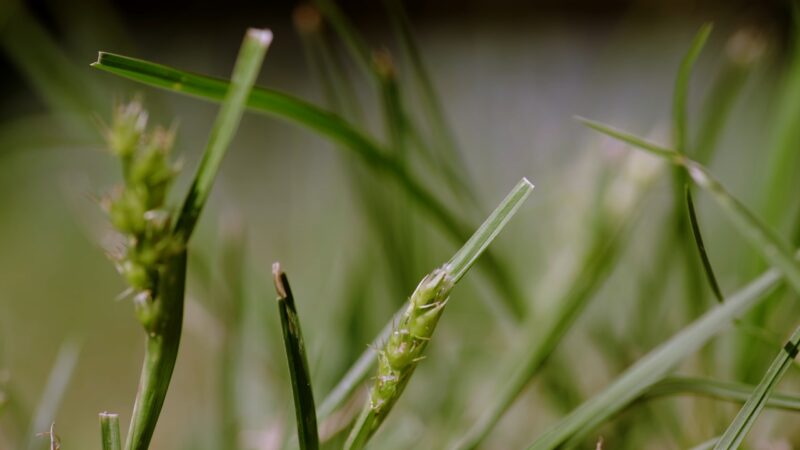
Sticker weeds encompass several plant species, most notably burweed, sandburs, caltrop, and the puncture vine. Each of these plants produces distinguishing burrs or spiny seed pods that can stick to clothing and fur.
For instance, lawn burweed typically displays small, fern-like leaves, while sandburs are known for their grass-like appearance with burs attached to the ends. The troublesome puncture vine has broad leaves and can spread out close to the ground, with sharp burs that can easily puncture bicycle tires. Recognizing these types is essential for targeted weed control efforts.
Lifecycle Of Sticker Weeds
Sticker weeds can be classified as either annuals or perennials, each with its own growth pattern. Annual varieties like some grass burrs complete their life cycle in one growing season, spreading numerous burs that fall off and lead to new plants the following year.
Conversely, perennial species may persist for several years, using both roots and seeds to spread throughout your yard. Understanding the lifecycle of these weeds is crucial for controlling their spread and choosing an effective removal method.
Why Sticker Weeds Are A Problem?
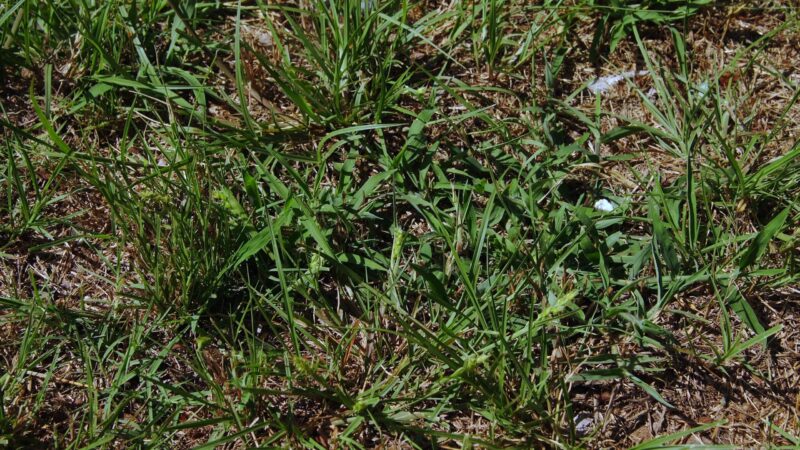
These types of stickers in grass are not just a nuisance; they can directly impact the health of your lawn and the local ecosystem. Besides being painful for people and animals, sticker burrs can outcompete desirable grasses, leading to sparse and unsightly yards.
Furthermore, burweed stickers and similar seed pods can hitch rides to new locations, spreading the infestation and causing further issues. Their hardy nature and rapid spread make it critical for homeowners to address sticker weed problems promptly and thoroughly.
Preventative Measures
Effective prevention of stickers in your lawn involves strategic use of herbicides, maintaining healthy grass through cultural practices, and regular lawn maintenance. These methods contribute to a robust defense against the nuisance of sticker weeds.
Using Pre-Emergent Herbicides
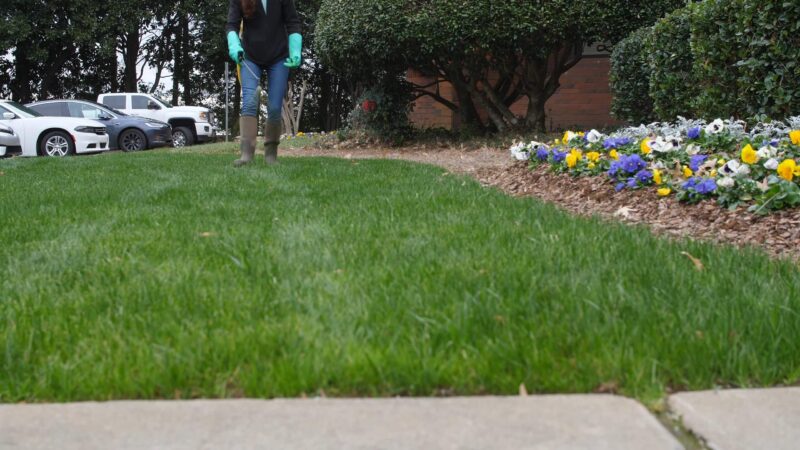
Pre-emergent herbicides act as an essential frontline defense when applied at the right time. They target the seeds before they have a chance to germinate, establishing a chemical barrier that disrupts the weed’s life cycle.
For best results, one should fertilize and apply a pre-emergent herbicide during the early spring and fall, when sticker are known to germinate.
Cultural Practices For Sticker Weed Prevention
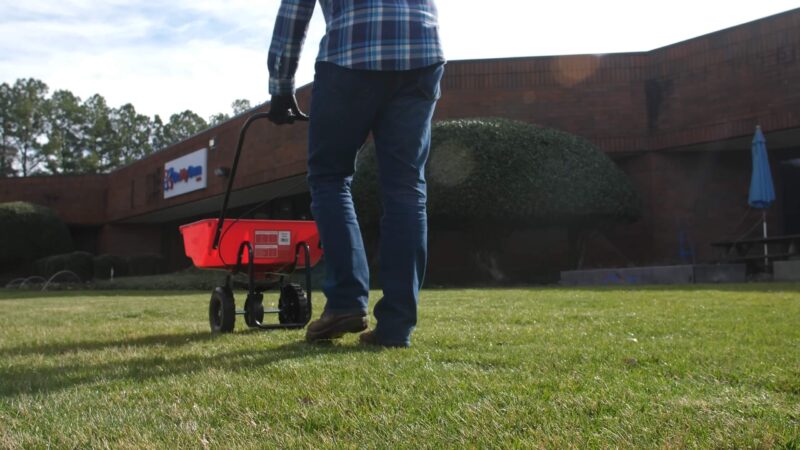
The health of a lawn is vital in preventing sticker weeds. Cultural practices such as proper mowing, timely watering, and appropriate fertilization create a dense turf that outcompetes potential weeds.
Mowing at the correct height ensures the grass has the strength to suppress the growth of unwanted weeds, thus enhancing lawn health.
Lawn Health and Maintenance
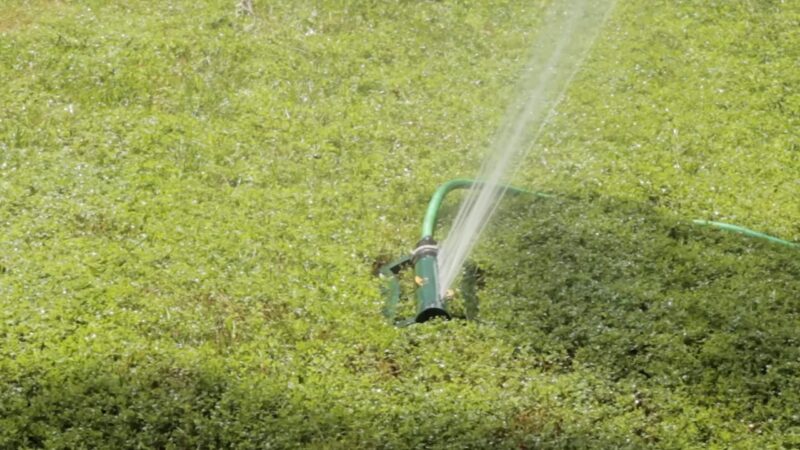
Maintaining a healthy lawn requires consistent care. Regular fertilization nourishes the grass, contributing to its density and resilience against weeds. Aerating the soil improves nutrient uptake while overseeding helps to establish thick growth, making it difficult for sticker weeds to establish a foothold.
A rigorous lawn care routine is the foundation of prevention, proving again how maintaining a dense turf is incredibly effective in preventing the emergence of stickers in the grass.
Manual and Mechanical Control
Effective management of sticker weeds in lawns involves both manual and mechanical methods. These control tactics can prevent the spread of weeds and remove existing ones without resorting to chemical treatments.
Homeowners and gardeners should focus on thorough removal techniques, as sticker seeds have sharp spines that can easily attach to clothing and fur, aiding their spread.
Hand-Pulling Techniques
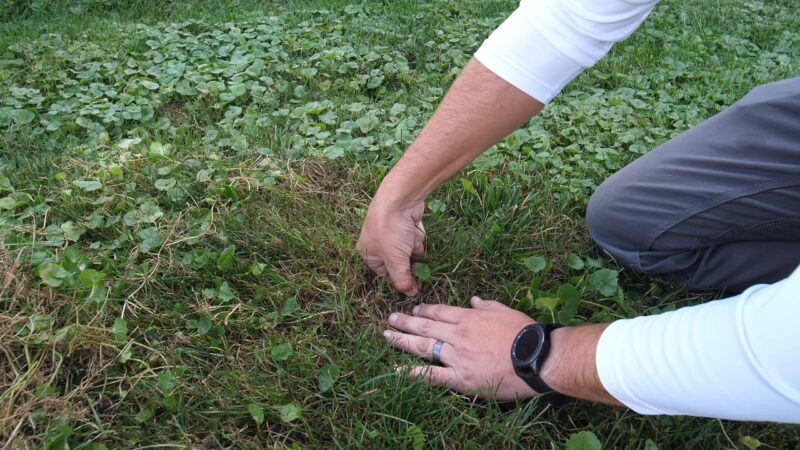
Hand-pulling is most effective when sticker have shallow roots that can be easily uprooted. This method is particularly useful for young weeds and small infestations. Wearing gloves is essential to avoid the prickly spines.
The best time to pull stickers by hand is after a rain when the soil is moist, making it easier to remove the entire root system.
Mowing Strategies
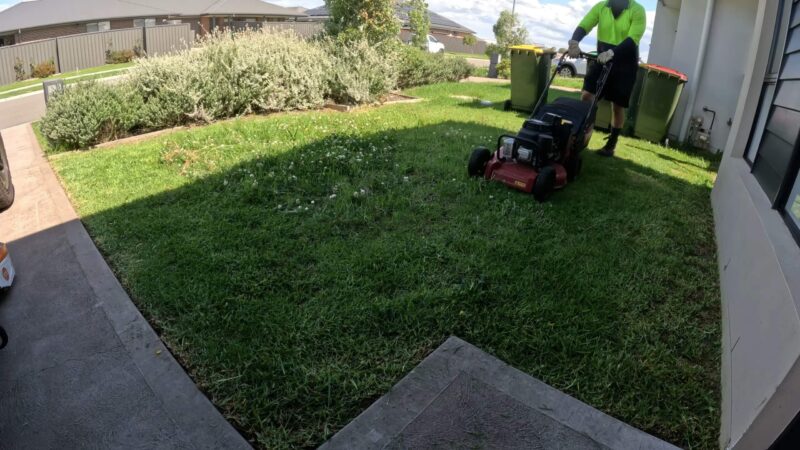
Frequent mowing can prevent sticker from reaching maturity and reseeding, but the timing and frequency are crucial. Mowing should occur before the weed flowers and produces the burs.
Ensuring that mower blades are sharp can also aid in effectively cutting down the weeds. Mowing too short, however, may damage the grass, giving sticker weeds an opportunity to take hold.
Gardening Tools for Weed Removal
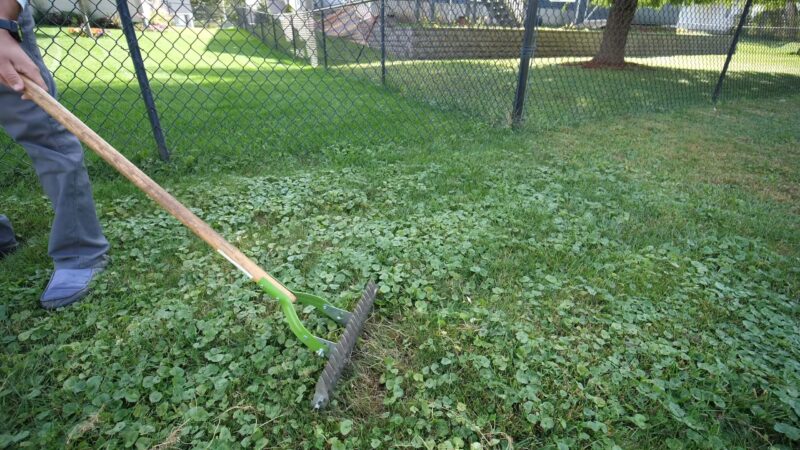
For larger areas or tougher weeds, gardening equipment like hoes and rakes can be effective. A hoe can slice through the top of the soil to sever the weeds from their roots. Use a rake to gather and remove the cut weeds from the lawn.
Some tools are designed with specialized tines or blades to pull or cut sticker weeds more effectively, minimizing disturbance to the surrounding grass.
Chemical Control Methods
Chemical control is an efficient way to manage sticker weed infestations. Carefully chosen herbicides can target the unwanted plants without significantly harming the surrounding grass, while natural alternatives offer an option for those seeking less chemical-heavy solutions.
If you have flowers and other plants in your garden, it is crucial to learn more about proper care as well. If you are looking for a resistant plant that requires less care, check out Rio Dipladenia.
Selective Post-Emergent Herbicide Options
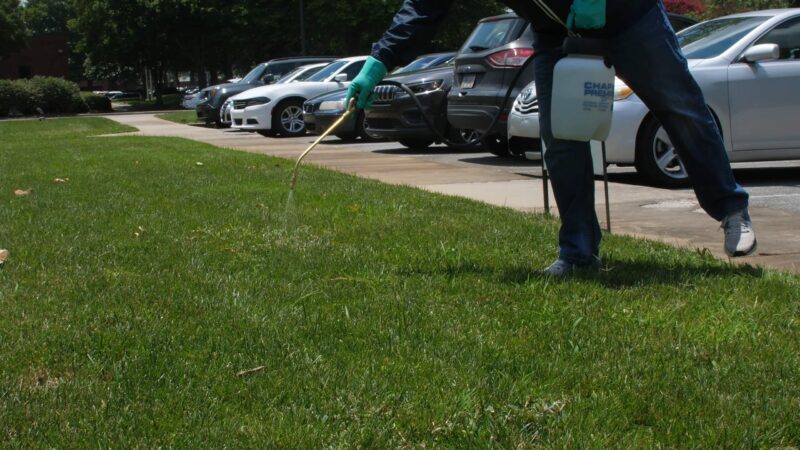
To specifically target sticker weeds without affecting other plants, selective post-emergent herbicides are optimal. Products containing atrazine and metsulfuron are particularly effective against broadleaf like sticker. They work by interfering with photosynthesis and amino acid synthesis, respectively.
- Atrazine: Suitable for use on centipedegrass and St. Augustine grass, apply spring through fall.
- Metsulfuron: Effective on a wide range of grassy weeds, use caution on certain turf types.
Non-Selective Herbicides and Natural Alternatives
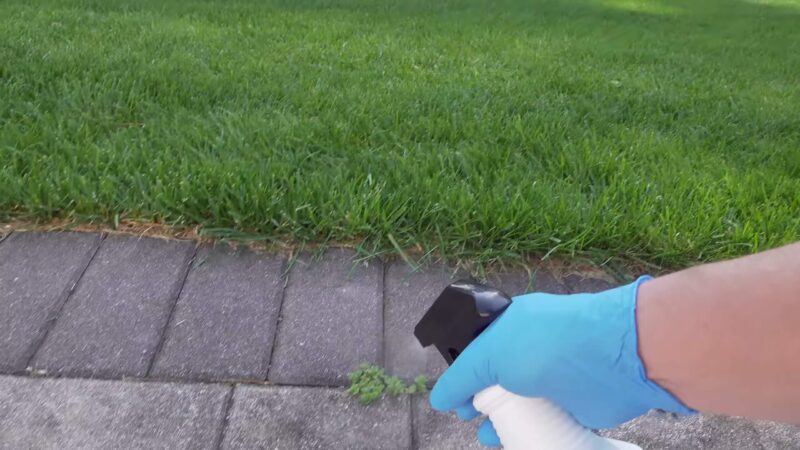
When a broader weed control method is needed, non-selective herbicides can clear out all vegetation in an area. Alternatively, natural options like salt, boiling water, and white vinegar act as non-toxic weed killers. While these methods are less discriminate, they provide a solution when looking to avoid synthetic chemicals.
- Salt: Best applied directly to minimize soil damage.
- White Vinegar: Highly acidic, which can dry out and kill sticker weeds.
- Boiling Water: Scalds and kills weeds, but requires careful application.
Targeted Application Tips
For the most effective use of herbicides, targeted application is crucial. Spot-treating weeds with either a spray bottle or a pump sprayer ensures that the herbicide contacts the sticker weed while sparing most of the surrounding grass.
When using herbicides or natural acids like vinegar, it is important to apply them under the right weather conditions—ideally during dry periods with no rain forecasted to prevent runoff and dilution.
Environmental Considerations and Safety
When dealing with stickers in the grass, it’s important to consider the impact on animals and children who interact with the lawn, as well as the potential for invasive species to thrive in sandy soil, which could exacerbate the issue.
Impact on Pets and Livestock
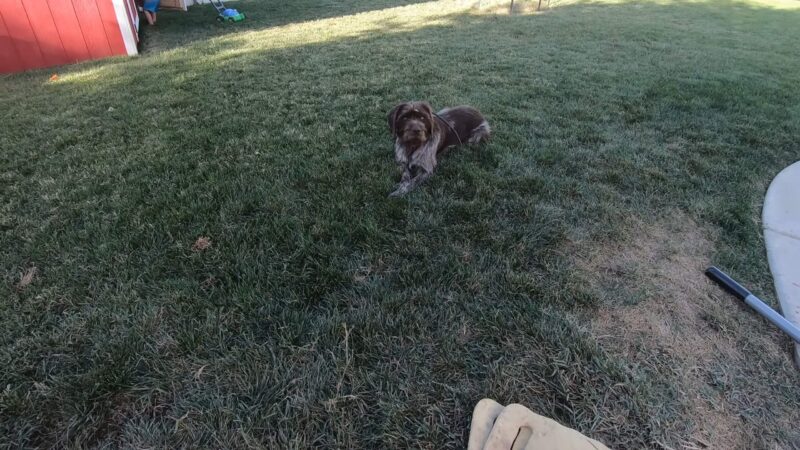
Pets and livestock may suffer discomfort or even injury from spiny stickers. This is due to the spines that can embed in the skin or become entangled in fur, causing irritation or worse. In areas where lawn burs are present, animals that roam the yard are at risk of these painful burs sticking to their paws or hooves.
This is particularly true in regions with sandy soil, where some species of burs thrive. For pets, frequent checks of their fur and paws after exposure to the grass can prevent the spines from causing more serious discomfort or infections.
- Check pets’ fur and paws after yard exposure
- Remove any stickers immediately to prevent further discomfort
Protecting Children and Sensitive Areas
Children are especially vulnerable to the hazards of stickers in grass. Their tendency to play barefoot can lead to painful encounters with these hidden nuisances. To protect children, ensure they wear shoes when playing in infested areas and teach them to avoid the most affected parts of the yard.
Sensitive areas, such as playgrounds or gardens, should be monitored closely. Regular removal of these plants, combined with preventive landscaping, can greatly reduce the occurrence of stickers.
For those who come into contact with stickers, it’s important to remove them as quickly as possible to prevent skin irritation.
- Encourage shoe-wearing in areas with stickers
- Educate children about avoiding problem areas in the yard
Dealing With Specific Sticker Varieties
Effective management of sticker varieties in your lawn involves identifying the specific weeds and applying targeted control methods to each. Proper identification is crucial as different species have unique growth habits and may require specific approaches for control.
Managing Lawn Burweed
Lawn burweed, recognizable by its spiny seed pods and low-growing habit, can become a nuisance in yards. To control lawn burweed, one must apply a pre-emergent herbicide in the fall, before the weed germinates.
If the plant has already established itself, a targeted post-emergent herbicide applied in the spring, before the burweed stickers form, can prove effective.
Addressing Field Sandbur and Yellow Vine
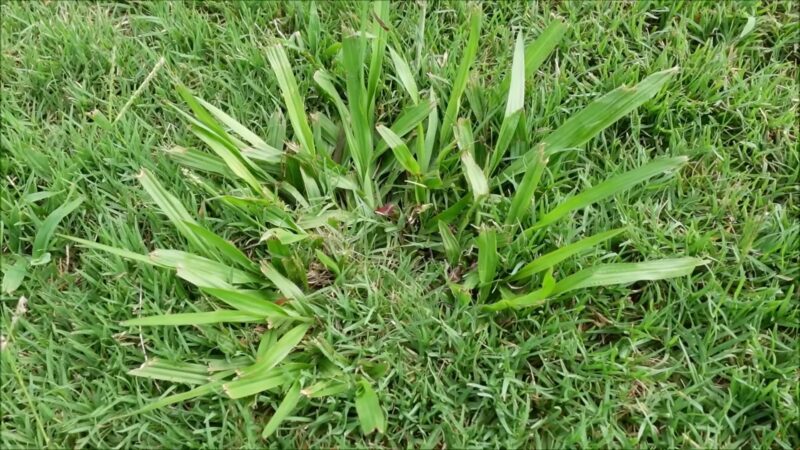
Field sandburs and yellow vine, with their spiny seeds and aggressive growth, often intrude upon lawns and gardens. Mechanical removal such as hand-pulling can be effective for small infestations, ensuring removal of the entire root system.
For larger problems, applying a pre-emergent herbicide in early spring will hinder seed germination. Look out for the yellow flowers of the yellow vine as a sign of active growth, which indicates the necessity for post-emergent solutions.
Controlling Puncture Vine and Caltrop
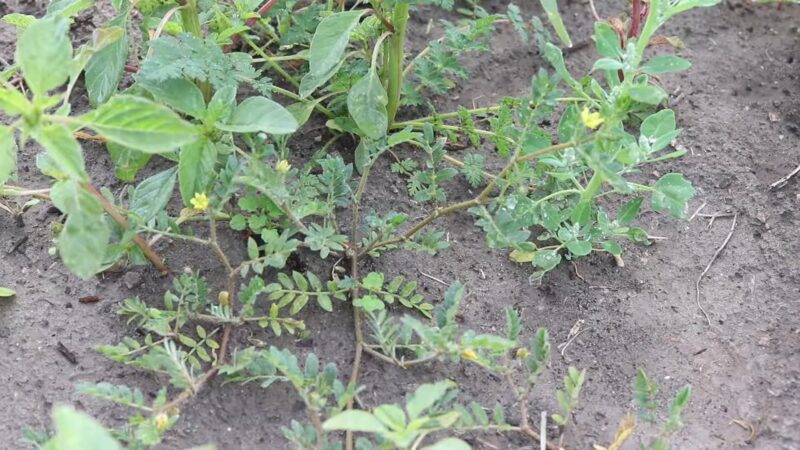
Puncture vine and caltrop are notorious for their hardy nature and sharp, spiky foliage which can cause injury and damage to skin and tires. Controlling these weeds is a matter of diligence; they must be removed before they flower and produce their characteristic spiny seeds.
Consistent hand-pulling and hoeing can reduce their presence, and for extensive problems, a strong pre-emergent herbicide may be required in areas where these weeds are known to thrive.
Long-Term Lawn Care Strategies
Effective long-term lawn care strategies are essential for maintaining a healthy turf, recovering damaged areas, and ensuring your lawn is resistant to nuisances such as lawn burs.
By following a detailed seasonal maintenance schedule, adhering to best practices, and knowing how to restore affected areas, one can foster a lawn that is both aesthetically pleasing and robust.
Seasonal Lawn Maintenance Schedule
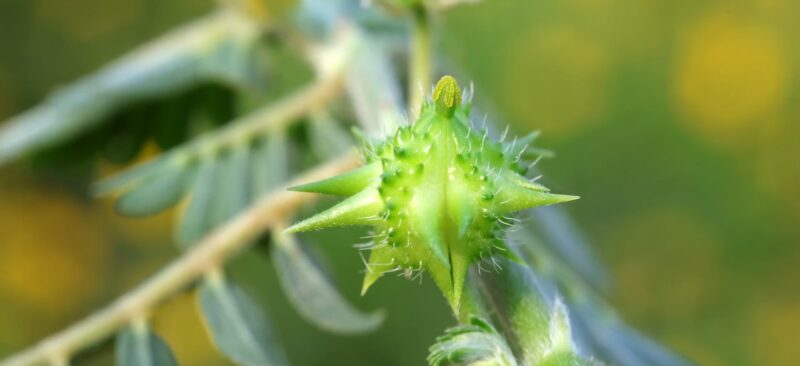
Spring
- Test soil with a soil test kit to determine nutrient needs.
- Begin frequent mowing to encourage a dense turf, setting the mower high to avoid stressing the grass.
Summer
- Continue mowing regularly, but adjust the height based on rainfall and temperature.
- Water deeply but infrequently to promote deep root growth.
Fall
- Aerate the soil to improve nutrient uptake and relieve soil compaction.
- Overseed to repair thin areas which can be prone to weed and lawn bur infiltration.
Winter
- Minimize traffic on the lawn to prevent damage to the dormant grass.
- Use protective footwear if necessary to reduce compaction and protect the turf.
Best Practices for a Healthy Turf
- Implementing regular mowing with sharp blades can prevent the tear of grass blades, which can lead to disease.
- Ensure that the lawn receives adequate nutrients by applying fertilizer based on soil test recommendations.
Watering
- Water early in the morning to reduce evaporation and fungal growth.
- Aim for 1 inch of water per week, either through rainfall or irrigation.
Weed Control
- Apply pre-emergent herbicides in the spring to prevent lawn bur and other seeds from germinating.
- Pull troublesome weeds manually or spot-treat with a post-emergent herbicide.
Recovery and Restoration of Damaged Areas
- When dealing with damaged areas like those created by lawn burs, remove the burs manually and reseed to establish a competitive grass stand.
- Use targeted treatments for pest control to avoid widespread damage to beneficial organisms like earthworms, which are important for soil health.
Cultural Practices
- Introduce companion plantings that can deter pests, such as deer-resistant plants like oakleaf hydrangeas.
- Increase biodiversity in the yard by including a variety of plant species that could include, for example, patches of pumpkins, to break pest life cycles.
Alternative Landscaping Options
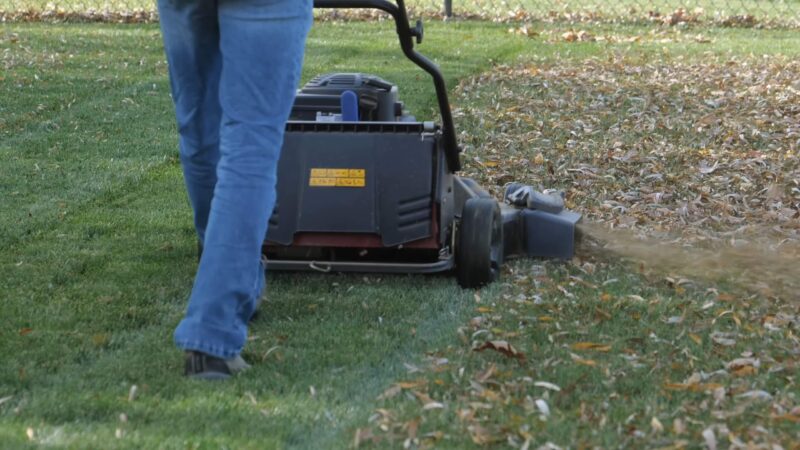
For homeowners troubled by stickers in grass, considering alternative landscaping options provides a long-term solution that minimizes maintenance and enhances the aesthetic appeal of the outdoor space.
Using Ground Covers and Mulch
Ground covers offer a robust barrier against the incursion of stickers by creating dense turf that leaves little room for unwanted weeds. Mulch serves a dual purpose—suppressing the growth of burr medic and broadleaf weeds, while also conserving soil moisture.
Options like creeping thyme or Irish moss are not only effective but add visual interest to the garden. For larger areas such as pastures, a continuous layer of organic mulch can be a practical deterrent for dried sticker burrs.
Advantages
- Ground covers: Enhance garden appeal; prevent weed growth.
- Mulch: Suppresses weed germination; maintains soil health.
Examples
- Ground covers: Creeping thyme, Irish moss.
- Mulch: Wood chips, straw, shredded bark.
Selecting Sticker-Resistant Plants
Introducing sticker-resistant plants like Bermuda or St. Augustine grass can reduce the prevalence of burrs. These grasses are known for establishing dense lawns that withstand the invasion of troublesome stickers. They create a tightly woven grass mat that outcompetes the growth of mushrooms and burweed.
Advantages
- Dense grass varieties limit space for weeds.
- Less maintenance required over time.
Monitoring and Management
Effective monitoring means regularly inspecting the lawn for signs of sticker weed growth, such as the troublesome pricking monsters or the invasive field sandbur sticker. One should assess the lawn’s overall health and the presence of these weeds, which bear sharp burs capable of attaching to clothing and fur.
Evaluating weed management requires a careful look at the impact of chosen methods. For instance, if weed killers have been applied, it’s important to consider their efficacy in killing weeds without harming desirable plants.
Are the weeds like burweed—which often presents as a low-growing plant with small, inconspicuous leaves—adequately controlled? Are they exhibiting signs of stress or dieback?
For those engaging in flame weeding, have all necessary safety precautions been taken, and has the method been executed at the right life cycle phase of the weed to ensure maximum effectiveness?
One should not overlook the physical characteristics of these weeds. For example, pricking monsters and burweed often have an oval shape, making them distinctive and somewhat easier to identify when monitoring.
Ultimately, the effectiveness of weed management lies in the details—recognizing specific weed types, choosing appropriate control measures, and conducting thorough evaluations post-intervention. This strategic approach helps maintain a healthy, sticker-free lawn over time.
Appendix

This section provides additional resources and information to ensure readers have a comprehensive understanding of dealing with stickers in grass.
From a glossary of terms for clarity to product recommendations that aid in eradication and a lawn care calendar for scheduling maintenance, this appendix serves as a practical tool.
Glossary of Terms
- Burr Sticker: A common type of weed seed or spine-covered fruit that adheres to clothing and fur.
- Field Sandbur: A grassy weed known for its spiny burs that can infest lawns.
- Herbicide: A chemical substance used to kill or inhibit the growth of plants, especially weeds.
Recommended Products
- Pre-emergent Herbicides: Products that prevent weed seeds, such as those from field sandbur sticker plants, from germinating.
- Post-emergent Herbicides: Designed to eliminate existing weeds, these are applied after the unwanted plants have sprouted.
Lawn Care Calendar
- Spring: Application of pre-emergent herbicides to prevent field sandbur sticker plants from germinating.
- Summer: Monitoring of lawn health and spot treatment with post-emergent herbicides as necessary.
- Fall: Final lawn care evaluation to apply any needed treatments before the dormant season.
FAQs
What is the most effective pre-emergent herbicide for controlling grass stickers?
Pre-emergent herbicides, like those containing the chemical pendimethalin, are effective in preventing grass stickers from germinating. Application timing is critical and should be done in late winter or early spring.
What non-chemical methods can be used to remove stickers from a yard?
Non-chemical methods for sticker removal include manual uprooting, mowing before the stickers set seed, or using a carpet square or similar material to physically lift them off the grass.
How can you eliminate grass burrs without damaging the lawn?
To eliminate grass burrs without harming the grass, a selective post-emergent herbicide that targets broadleaf plants can be used. It is important to follow application instructions exactly to avoid lawn damage.
What are the common types of stickers found in yards, and how can they be identified?
Common types of yard stickers include burr medic, lawn burweed, and sandbur. They can be identified by their low-growing habit and the presence of spiny seed pods or burrs that attach to clothing and fur.
How can stickers be permanently removed from a yard in Texas?
Permanent removal of stickers in Texas yards involves a combination of pre- and post-emergent herbicides, proper lawn maintenance, and possibly the introduction of competitive grass species that inhibit sticker growth.
Summary
Regular lawn maintenance, including proper mowing, watering, and fertilizing, forms the foundation of prevention, creating a dense turf that naturally resists weed invasion.
When it comes to control, both pre-emergent and post-emergent herbicides are valuable tools, with timing and correct application being key to their effectiveness.
Non-chemical methods, such as manual removal and cultural practices, play an equally important role, especially in sensitive areas where chemicals are best avoided.
By combining these strategies with consistent lawn care and monitoring, homeowners can maintain a healthy, sticker-free lawn that enhances the beauty and usability of their outdoor space.
Related Posts:
- Dog Breeds on B: Top 42 Most Popular Types - From…
- Gorilla Varieties: An Overview of Different Types
- Taiga Food Web: Interconnected Relationships between…
- What Are the Differences Between Mammals and Birds?…
- Difference Between Male and Female Bald Eagles:…
- Banded Water Snake: Facts, Diet, Habitat - Secrets…


